Yagura is one of the most famous castles which often used in double static rook games, characterized by the left silver on 77, and the golds on 78 and 67. Yagura is a name of castle, but it is also a type of strategy or opening where one or both of players use use Yagura castle. This article explains a basic opening of Double Yagura game with climbing silver attack.
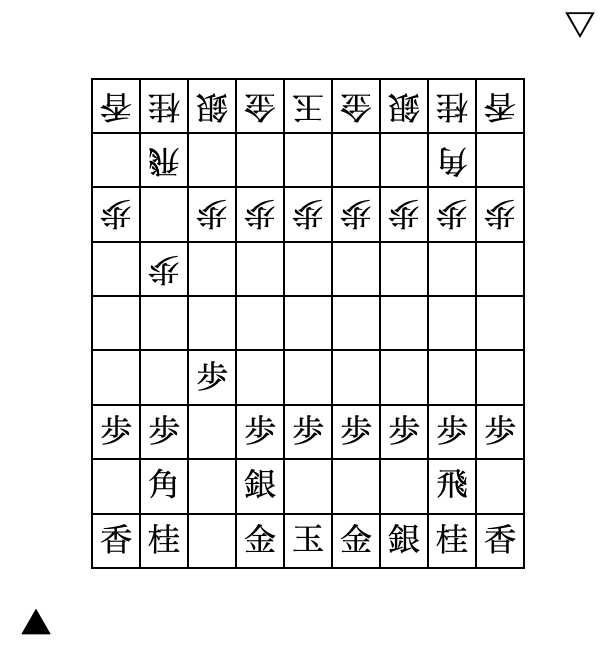
1. ▲P-76
2. △P-84
3. ▲S-68
The first move is ▲P-76 to open bishop’s diagonal line. The opponent proceeds pawn in front of the rook by △P-84. Both moves are quite a common opening to activate strong pieces of rook and bishop.
Next move is ▲S-68. This is vey important to make Yagura castle, because the opening need to prevent bishops exchange. If opponent opens bishop line by △P-34, you can proceed the silver to 77 position. It is not just deny the bishops exchange, but also it guards 8th file to prevent exchanging pawn at 84.
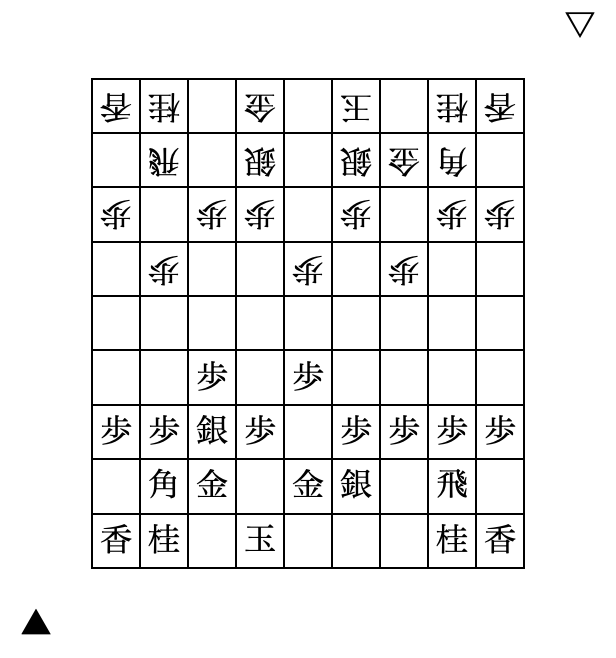
4. △P-34
5. ▲S-77
6. △S-62
7. ▲G-78
8. △S-42
9. ▲S-48
10. △P-54
11. ▲P-56
12. △G-32
13. ▲K-69
14. △K-41
15. ▲G-58
Both players develop golds and silvers one after the other. If it is a slow game like this, you don’t need to care the precise order of the developing castle, but it is better to avoid making any piece apart from support by allies. Pieces should be connected by each other to prepare sudden attack.
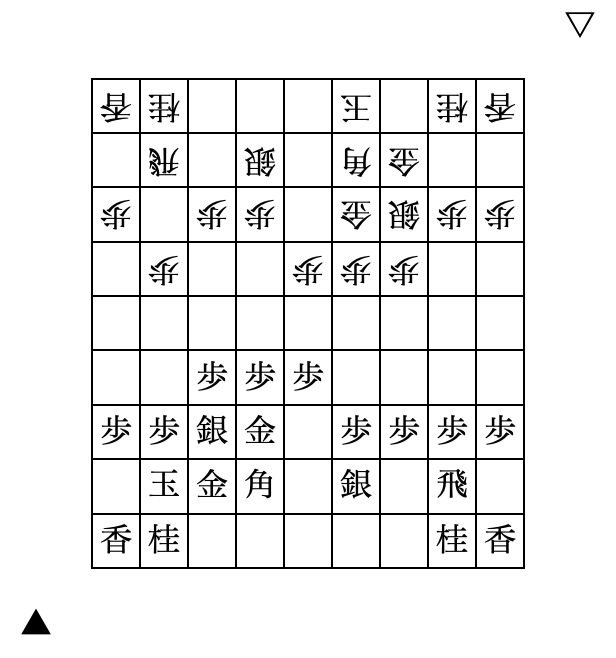
16. △G-52
17. ▲P-66
18. △S-33
19. ▲G-67
20. △B-31
21. ▲B-79
22. △P-44
23. ▲B-68
24. △G-43
25. ▲K-79
26. △B-42
27. ▲K-88
The position shown as left picture is the typical Yagura castle. Two golds and a silver plus a bishop defend king. The bishop aiming opponent’s 24 position. Two golds and one silver is the basic pieces of defense. On the other hand, a rook, a bishop, a silver and a knight are the basic pieces of attack. From next move, both side deploy attack formations.
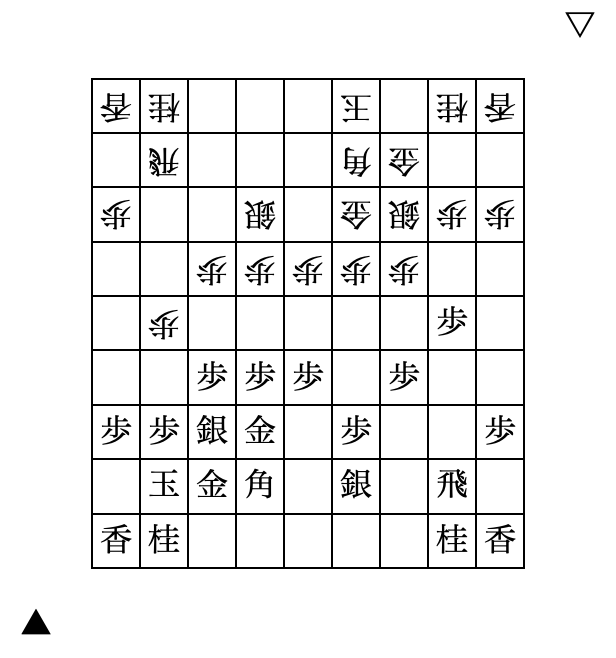
28. △P-74
29. ▲P-26
30. △P-64
31. ▲P-25
32. △S-63
33. ▲P-36
34. △P-85
From the 34 moves, there are several options of proceeding pieces forward. You can use a knight like ▲K-37, or you can exchange a pawn by ▲P-35, △Px35, ▲Bx35. Here, I would like to chose a steady way known as climbing silver. Literally, the silver climbs right side of the board aiming to opponent’s 2nd or 3rd file, sometimes 1st file as well.
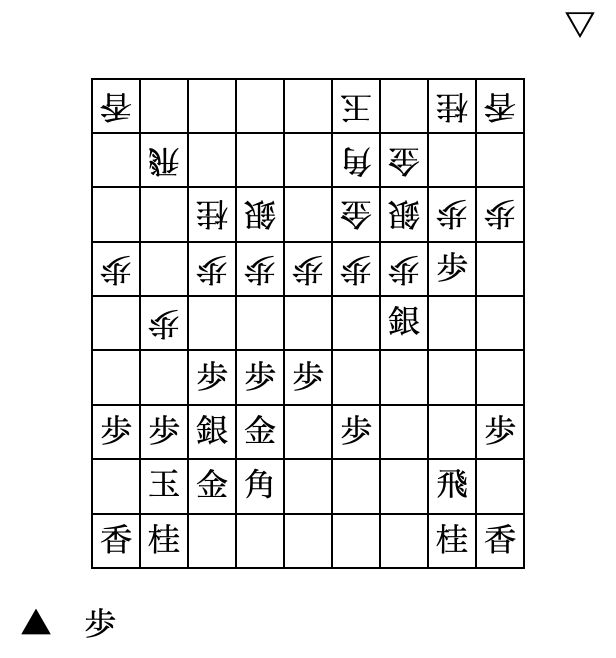
35. ▲S-37
36. △P-94
37. ▲S-26
38. △K-74
39. ▲P-35
40. △Px35
41. ▲Sx35
42. △P*34
43. ▲P-24
The silver proceeds like climbing a mountain, and opens a war by pushing a pawn as ▲P-35. After exchanging pawns, the opponent drops a pawn to repel the silver by △P-34. However, you must not withdraw it. Instead you should push a pawn like ▲P-24. If the opponent takes the silver, you can promote the pawn at 23. Thus, the opponent may take back the pawn as follows.
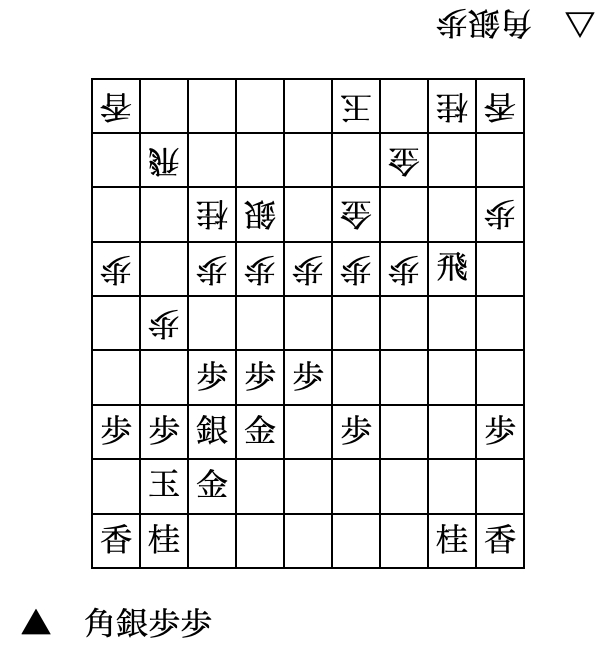
44.△Px24
45.▲Sx24
46.△Sx24
47.▲Bx24
48.△Bx24
49.▲Rx24
Both side exchanges a lot of pieces at 24. At this position, there is no profit and loss in terms of pieces. However, the opponent’s defense line is broken. Generally, exchanging defense pieces with offense pieces are advantaged to offense side.
0Moves
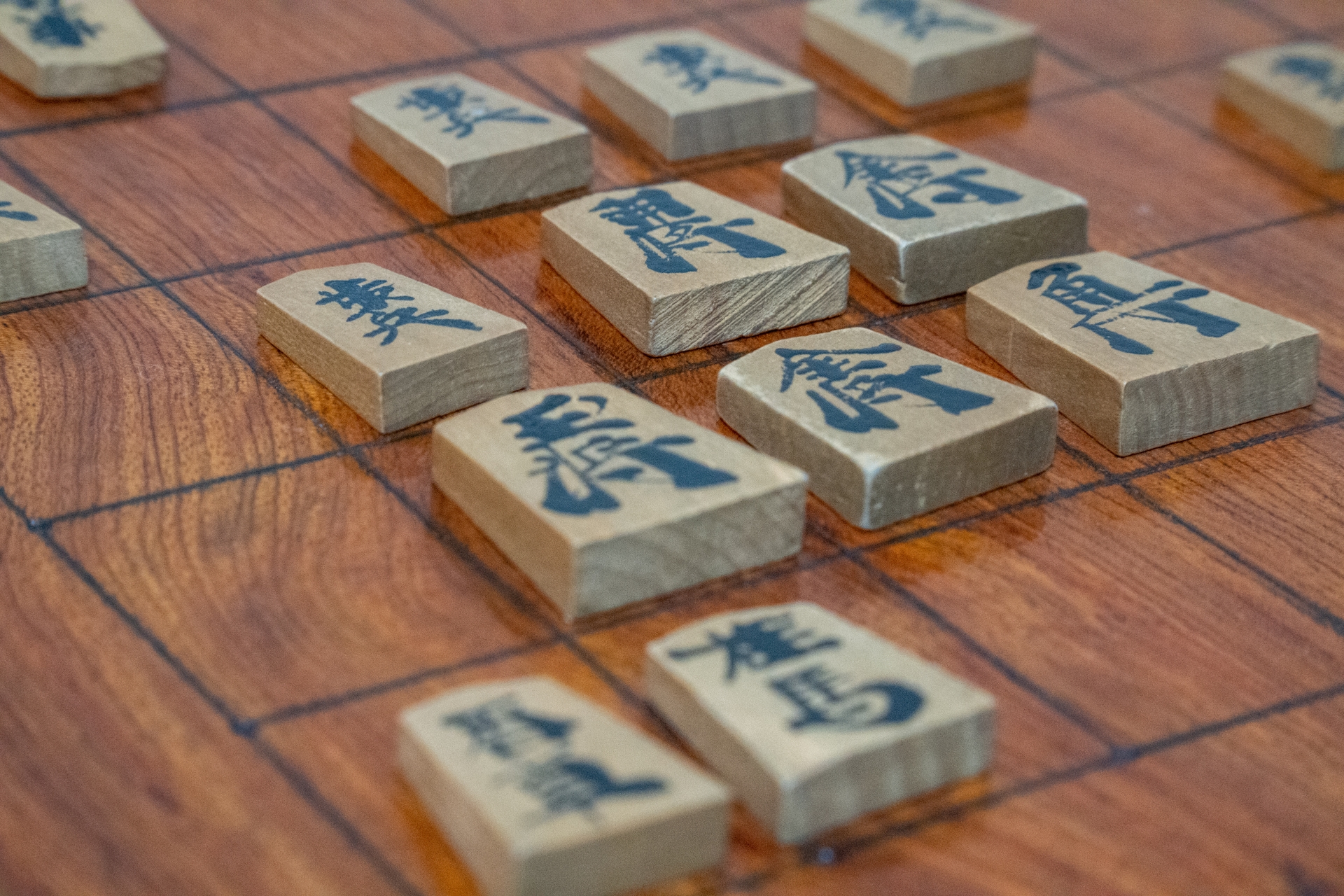


コメント